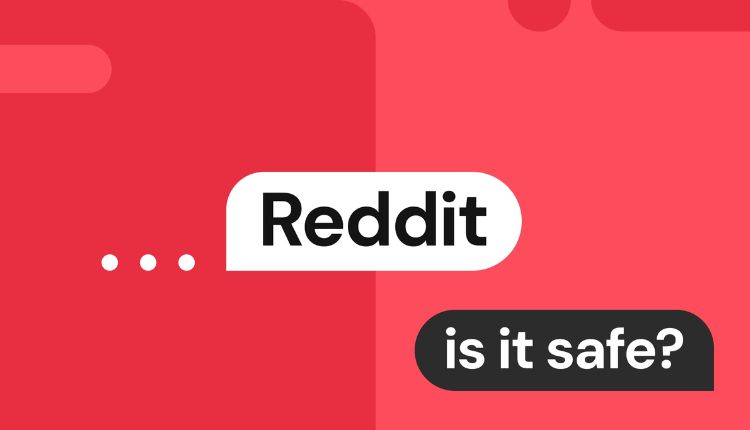It is most commonly associated with a platform that facilitates the sharing of content from creators on systems like Patreon, frequently without their consent. The name itself derives from a fusion of terms associated with the bushy community, in which “yiff” refers to grown-up or erotic content, and “birthday celebration” shows a gathering or sharing of surroundings. This duality between digital content piracy and the area of interest, subcultural identification, places Yiff Party at a contentious intersection of ethics, legality, and community values.
- Origins of Yiff Party
- Community Perception and Divided Opinions
- Legal and Ethical Concerns
- The Role of Anonymity and Online Culture
- Countermeasures and Creator Responses
- The Broader Impact on Digital Art Communities
- Decline and Legacy of Yiff Party
- Ethical Consumption and Supporting Creators
- Conclusion
Origins of Yiff Party
Yiff Party in the beginning emerged as a response to the upward push of paywalled content, especially in the bushy artwork scene. As structures like Patreon grew in popularity, many artists, writers, and monetisers began to monetise their work by supplying one-of-a-kind content to paying subscribers. Some customers, however, felt excluded from this model, both because of economic constraints or philosophical disagreements approximately monetising artwork. This ideological conflict gave birth to sites like Party, in which content from these subscription structures becomes reposted and shared freely.
While the preliminary aim may additionally have been to democratise access to art, the approach—reposting paid content without permission—sparked sizable backlash from creators who saw it as theft and exploitation in their efforts.
Community Perception and Divided Opinions
Within the bushy community and past, Yiff Party elicited deeply polarised responses. For a few customers, it represented a form of virtual rebellion, though what they saw as gatekeeping in innovative spaces. These people considered art as something that had to be shared overtly, specifically when it came to niche pastimes like hairy content material that often lacked mainstream support or visibility.
On the other hand, many artists condemned the Yiff Party for undermining their livelihoods. The website’s operation directly conflicted with their capacity to earn a living from their creative work. Creators argued that while open admission to art is right in principle, the fact of inventive hard work requires financial help to be sustainable. The fact that Party specially focused on subscription-based, totally content, wherein artists have been most at once compensated, best intensified the talk.
Legal and Ethical Concerns
Yiff Party additionally raised severe questions about copyright infringement and digital piracy. Legally, reposting and redistributing paid content material without permission constitutes a clear violation of copyright laws in many countries. While the site itself frequently operated under anonymity or offshore web hosting preparations to steer clear of prison scrutiny, several creators and rights holders tried to combat it through DMCA takedown requests and different prison channels.
Ethically, the existence of the Party blurred the lines between digital freedom and exploitation. Its users justified their moves through arguments about accessibility and anti-company sentiment; however, critics countered that such rationalisations unnoticed the non-public and monetary damage inflicted on individual creators. The moral dilemma lies in balancing the open nature of the internet with the rights of artists to manipulate and benefit from their personal paintings.
The Role of Anonymity and Online Culture
One of the most exceptional elements of Yiff Party is its use of online anonymity. Much like similar piracy boards or forums, users operated below pseudonyms and avatars, often sharing content or carrying out discussions without revealing their real identities. This anonymity both blanketed customers and enabled behaviours that may not arise in more obvious environments.
Online anonymity also contributed to a culture of entitlement among some users. The internet’s tendency to devalue digital goods—especially artwork—created a belief that pirating paywalled content material changed into innocent or maybe justified. On Yiff Party, customers frequently expressed a feeling of superiority over creators, accusing them of greed or elitism, actually for monetising their content material.
Countermeasures and Creator Responses
Faced with the hazard posed with the aid of Yiff Party, many creators commenced implementing protective strategies. Some watermarked their content with unique identifiers to trace leaks back to specific buyers. Others restrained getting entry to trusted supporters or used 1/3-celebration gear to you from unauthorised sharing. A few artists even left platforms like Patreon totally, citing Yiff Party as a motive for chickening out from subscription-primarily based fashions.
Some creators chose to immediately confront the website online by issuing takedown notices or by rallying network assistance to discourage the use of pirated content. In a few instances, online communities coordinated to report or sabotage the website’s infrastructure, trying to lessen its functionality or visibility.
Despite those efforts, the cyclical nature of piracy meant that new variations of the site or similar structures regularly emerged to take its place, growing an ongoing mission for content creators within the virtual age.
The Broader Impact on Digital Art Communities
The saga of Yiff Party had lasting outcomes on how online groups approach content sharing, monetisation, and ethics. For many artists, it became a wake-up call to the vulnerabilities of running in virtual areas. It also highlighted the need for higher tools and structures that protect creators’ rights without alienating lovers who may lack monetary means.
Some groups responded by fostering extra-open speaking around pricing, accessibility, and moral consumption. The state of affairs additionally stimulated a movement closer to network-supported artwork platforms that promote creator manipulation and transparency. This shift emphasised the importance of mutual respect between creators and audiences in sustaining healthy online ecosystems.
Decline and Legacy of Yiff Party
Over time, Yiff Party faced increasing scrutiny from both platform vendors and prison authorities. Pressure from affected artists, blended with technical demanding situations and website hosting problems, finally caused the website’s shutdown. While its closure became celebrated by many, the troubles it represented—such as piracy, artistic repression, and online anonymity—no longer disappear.
The legacy of Yiff Party lives on in ongoing discussions as a way to pretty much aid creators in the age of digital distribution. It additionally serves as a cautionary tale approximately how subcultural ideals may be co-opted or distorted while separated from ethical considerations.
Ethical Consumption and Supporting Creators
In the aftermath of Yiff Party’s upward push and fall, there was improved emphasis on moral intake within fandoms and artistic communities. Fans are encouraged to aid creators through legitimate channels on every occasion possible, whether or not by way of subscribing to Patreon, commissioning custom paintings, or promoting artists via word of mouth.
Education plays a key role in this shift. Many network leaders and influencers now speak out about the real costs of creative exertions and the significance of respecting artists’ rights. Through greater cognisance, lovers are learning that their alternatives have a direct impact on whether artists can keep producing the content material they love.
Conclusion
Yiff Party became more than only a piracy site—it changed into a flashpoint in a larger debate about getting entry to, ownership, and admiration in virtual groups. While its methods were extensively condemned, the problems it uncovered stay tremendously applicable. As virtual artwork continues to thrive online, the stability between accessibility and author rights will continue to evolve.
By understanding the motivations behind structures like Yiff Party and significantly examining their outcomes, we will better shape the destiny of digital creativity. Respect for creators, considerate engagement with content, and moral participation in online communities are important for ensuring that artwork continues to flourish in all its various and expressive forms.





